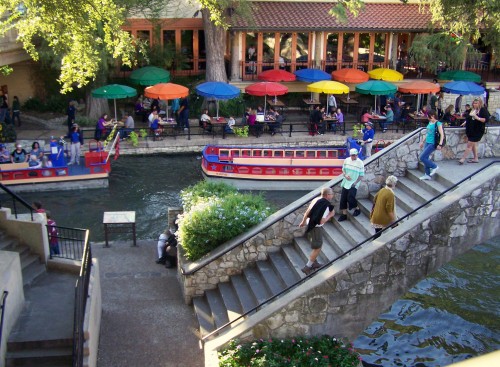In Mexico, Rodrigo Iván Cortés, a former Congressman of that country, has been convicted of “political violence” for social media posts on gender, referring to Mexican Congressional representative as “man who self-ascribes as a woman”. In addition to a fine, he has been sentenced to publish an apology (written by the court) on his social media accounts, daily for 30 days. He was also was entered into the National Registry of Persons Sanctioned in Political Matters against Women. A petition has been filed on his behalf with the Inter-American Commission on Human Rights. See also this Twitter post.
Responding to a post from Claire Lehmann about her kids coming home from school and being required to write letters of apology for colonization and ‘wrecking the planet’, Greg Ashman remarked that this sort of thing was dismissed circa 2015 as just ‘fringe American campus politics’, but that but it inevitably came for Australian school rooms.
Indeed, Wokeness has spread around the world with amazing speed…and now, apparently, has gainedd a significant lodging in Mexico. Yet how many people in that country..among the elites of that country..really believe the full party line about there being no real differences between men and women? Very few, I would hazard a guess. Yet they seem quite happy to go along with the enforcement of those beliefs on their population.
Yet perhaps there is hope for a turnaround. A Canadian nurse reports on Twitter:
I was seeing a therapist who said most of her clients have become professionals who are deeply unhappy with DEI & woke culture at work. They feel afraid of speaking up, but are sick of the constant barrage of racist, delusional nonsense they’re supposed to champion. It is making people miserable & fearful. It is making people leave careers, or get forced out for infractions. Organizations still clinging to DEI are making a terrible mistake.
There seem to be a lot of reactions like this developing. Things that might sound all right as catch-phrases often don’t seem so good when people see and feel them working out themselves in practice. And much of the support for Wokeness seems to represent Preference Falsification, at some level…people not really being comfortable with those assertions, but going along with them because they believe that everyone else (in circles that matter to them) believes in the assertions. And when cracks in the wall of apparent unanimity begin the appear, the Preference Cascade in the other direction can change things quickly.
